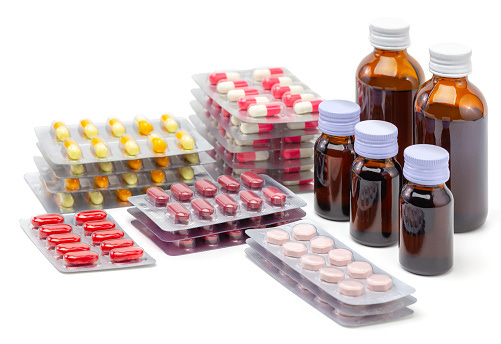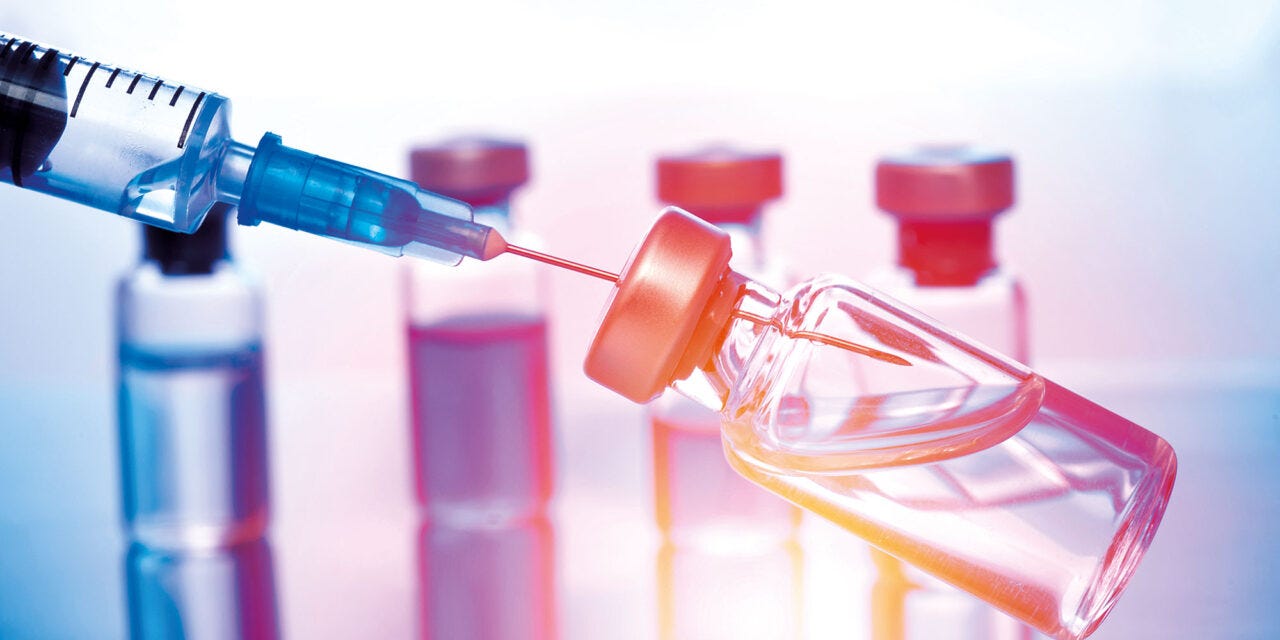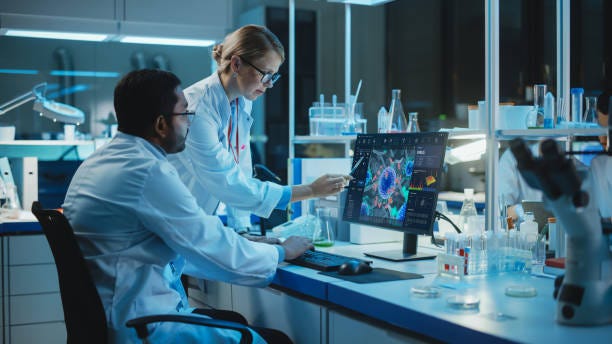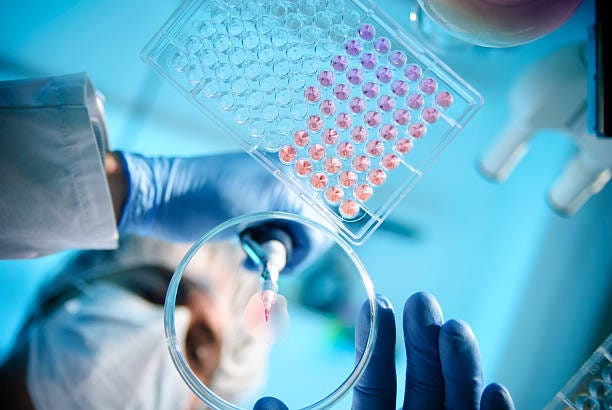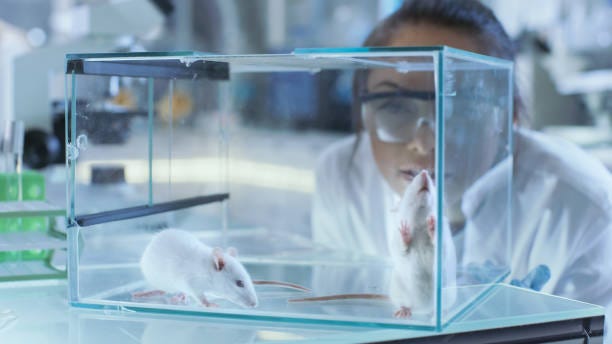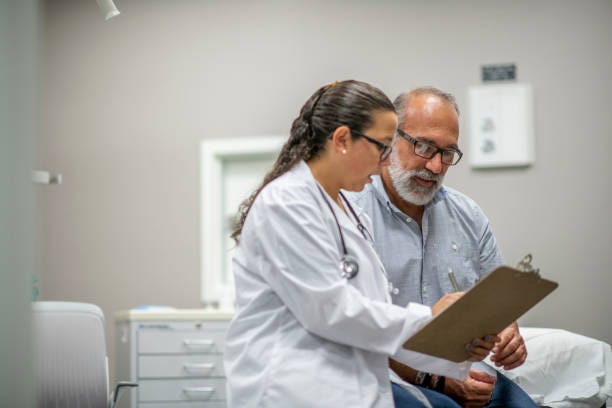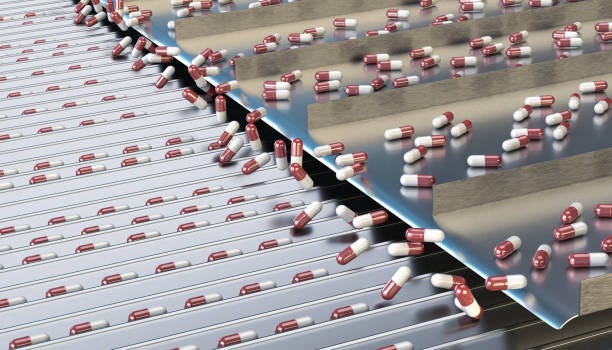Intro
The pharma industry looks very complex & hard to understand, even though we all interact with it very often. At some point of time, all of us have taken tablets, capsules & most recently the Covid-19 vaccines. In this article, we’ll explore the basics of the Pharma industry.
Composition Of Our Medicines: Chemical Drugs & Biologics
The most common type of medicines we encounter are Chemical Drugs — mostly tablets, capsules & syrups. These are small & simple molecules that are manufactured through chemical synthesis, which means it is made by combining specific chemical ingredients in an ordered process.
These are used to treat a variety of diseases — from common cold, fever & allergies to auto-immune diseases.
Chemical drugs are usually stable & less sensitive to transportation & handling conditions.
The other type of drugs are Biologics. These are generally large, complex molecules that are made from living sources such as bacteria, yeast, and animal cells. You’ll often find them as injectables & infusions.
Biologics are used to treat a wide variety of complex diseases for which cures are not available — like cancer, rheumatoid arthritis, psoriasis, etc.
Biologic drugs are a lot more complex & expensive to manufacture than chemical drugs.
These are one of the most expensive drugs in the world.
Making of Our Medicines: The Drug Development Process
Now that we understand their composition, lets understand how innovator companies develop them.
Innovator Company
A company that develops an innovator drug, i.e. the first drug created using its specific API (Active Pharmaceutical Ingredient) to receive approval for use.
These companies are often at the forefront of R&D, innovation and technologies to create brand new treatments to address key, unmet needs
Innovator companies: Pfizer, Novartis, Sanofi, AstraZeneca, Eli Lilly & AbbVie
STAGE 1: The Drug Discovery Process
In the labs of our innovator companies, researchers try to understand the cause of various diseases & try to identify compounds that could target the specific molecule that is the root cause of the disease. These compounds can be Natural, Chemical or Bio-engineered.
During this round compounds are tested in cultured cells, known as in-vitro testing or in animals, known as in-vivo testing to find out how effective they are and whether they have any toxic effects. These compounds are very specific to the target and use computer-based modelling to achieve this specificity.
Through these process, they collect a lot of data on how these compounds behave & narrow it down to 3-5 compounds to make a drug out of it.
STAGE 2: Pre-Clinical Development
Pre-clinical testing is used to determine how best to develop the drug for its intended use.
It aims to establish how drugs are absorbed and distributed in the body, and how they are broken down and removed from the body.
The results of pre-clinical testing are also used to determine how to best formulate the drug for its intended clinical use, for example whether it would be most effective as a cream, a capsule, a syrup, or a spray.
The pre-clinical studies aim to whittle hundreds of compounds down to just a few useful candidate drugs. All of these process can take up to 5-6 years.
These few drugs will then be submitted to the appropriate regulatory authorities in an IND (Investigational New Drug ) application and, if accepted, the compound can be taken on to clinical trial.
STAGE 3: Clinical Trials
This involves testing the drug on human volunteers to provide more information about its safety and effectiveness. It is divided into Phases I, II, III and IV.
Phase I: Is the treatment safe?
Phase I trials are concerned primarily with establishing a new drug's safety and dose range in about 20-100 healthy volunteers. How a drug is absorbed, distributed, metabolized and excreted by the human body is called Pharmacokinetics. This is determined through frequent blood draws (usually in an inpatient environment) to check for the level of drug in the blood plasma.
Dosage range of a new drug is determined by administering increasingly larger doses to one or more groups of subjects, who are closely monitored for harmful side effects. The goal is to learn the maximum tolerated dose that does not produce unacceptable side effects.
This phase takes several months to complete. About 70 percent of experimental drugs pass this initial phase of testing.
At the end of Phase 1, the results are collected, analyzed, and submitted to the FDA for permission to proceed to Phase 2 Clinical Trials.
Phase II: Does the treatment work?
Phase II studies determine the effectiveness of an experimental drug on a particular disease or condition in approximately 100 to 300 volunteers. This phase may last from several months to two years.
The purpose of a Phase 2 Clinical Trial is to determine the right dosage and effectiveness in treating that particular disease. This testing normally takes place with a larger number of volunteers who have the disease.
In this phase, participants are assigned different treatment groups. Different groups receive different doses or delivery of the new drug. Normally, there is a also a “control group” that receives either the current standard of care, if another type of treatment is already available on the market for that disease, or a “placebo” treatment, such as a sugar pill or harmless injection that does not contain the treatment.
Phase III: Does the treatment work?
Phase III studies are conducted at multiple centers with several hundred to several thousand patients for whom the drug is intended. Massive testing of a drug provides continued generation of data on a drug's safety and efficacy. As in Phase II, most Phase III studies are randomized and blinded.
Phase III trials provide the bulk of information needed for the package insert and labeling of a medicine, after it has been FDA approved.
A drug in this phase can be studied for several years.
By the end of this stage, most of the investigational new drugs will have been eliminated on the grounds of safety and effectiveness & only one or two drugs remain. The pharma company submits a NDA (New Drug Application), which contains contains all the scientific data that the it has gathered throughout the phases in all trials to the FDA, seeking its approval to market the drug.
Note: NDAs are filed for chemical drugs & in case for biologic drugs, BLAs (Biologics License Application) is filed.
Patent & Exclusivity
After a drug has been approved by the appropriate regulatory bodies, pharma companies have a short period where only they have the rights to market the drug (exclusivity) and before other companies can market the same drug.
A drug patent is usually awarded for 20yrs from the date of filing.
This exclusivity period is used to regain the massive investment required to develop and launch the new drug.
Phase IV: What else do we need to know?
After approval by the FDA and manufacturing of the drug on a large scale by the company, the process enters Phase 4 Clinical Trials.
Even after testing a new medicine on thousands of people, all the effects of the treatment may not be known. Some questions may still need to be answered. For example, a drug may get FDA approval because it was shown to reduce the risk of cancer coming back after treatment. But does this mean that those who get it are more likely to live longer? Are there rare side effects that haven’t been seen yet, or side effects that only show up after a person has taken the drug for a long time? These types of questions may take many more years to answer, and are often addressed in phase IV clinical trials.
For at least the entire time a treatment is on the market, the FDA monitors for public safety and potentially serious adverse events.
Branded Drugs
This drug that the innovator company develops & files a NDA for, is called an Innovator Drug or a Branded Drug.
The Pressing Dilemma: Huge Losses vs Give up Profits
Till now, the drugs used to be manufactured in small batches for clinical trials, but now the company needs to figure out how to scale-up the manufacturing to make millions of doses for sale.
To be pro-active, pharma companies usually set up their manufacturing facility during clinical trials itself.
But this can backfire, if the drug isn’t approved by the FDA. The company could incur significant losses due to the wasted investment in R&D of the rejected drug and in a redundant manufacturing facility.
And if the company chooses to wait for the NDA to be approved, it could lose out on potential profits by wasting this crucial exclusivity period on building a manufacturing facility (could take up to 2-5yrs to build) sounds ridiculous.
CDMOs To The Rescue
To help mitigate this risk, innovator companies hire CROs (Contract Research Organization) & CDMOs (Contract Development & Manufacturing Organization).
It takes billions of dollars to put a drug through pre-clinical & clinical trials. So, innovator companies choose to focus their resources on innovating & outsource the testing & manufacturing of the drugs to CROs & CDMOs.
CRO(Contract Research Organization)
It is a company that provides research services to a pharma company on a contract basis. CROs offer a variety of services including:
Clinical research: This involves conducting clinical trials to test the safety and efficacy of new drugs or treatments.
Clinical trial planning & monitoring: This includes designing the trial, developing the protocol, determining the appropriate statistical methodology & monitoring the progress of the trial to ensure it is conducted in accordance with standard operating procedures (SOPs).
Biostatistics: They provide statistical analysis of the trial data.
Medical writing: CROs prepare various documents such as the clinical study report, protocol, investigator brochure, and regulatory submission documents.
Project management: They oversee the entire project, coordinating all aspects of the trial.
CDMO(Contract Development & Manufacturing Organization)
It not only handle the outsourced manufacturing of drug substances, but also all of the innovation and development work that occurs prior to manufacturing one. This means pharma companies no longer need to build and staff dedicated innovation and manufacturing facilities.
Services often offered by CDMO companies include formulation, analytical services, blending, coating, converting, packaging, serialization and shipment.
We’ll discuss more about CROs & CDMOs in future articles.
Hope you learned something new. This was an introduction to the Pharma industry, & in the Part II of this article, we’ll delve deeper.




